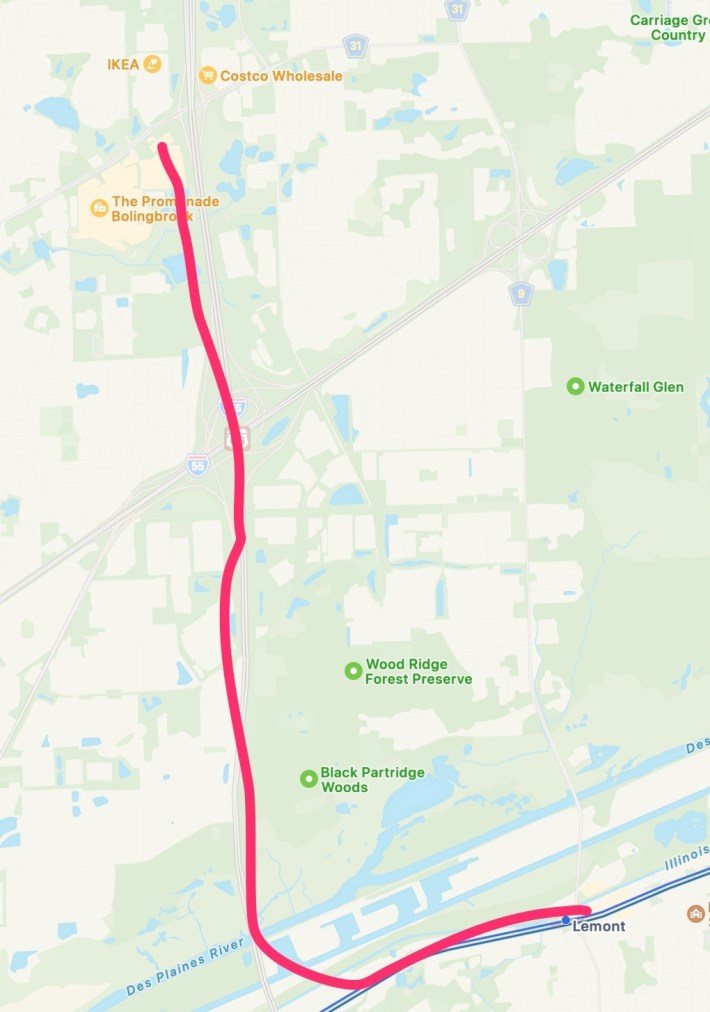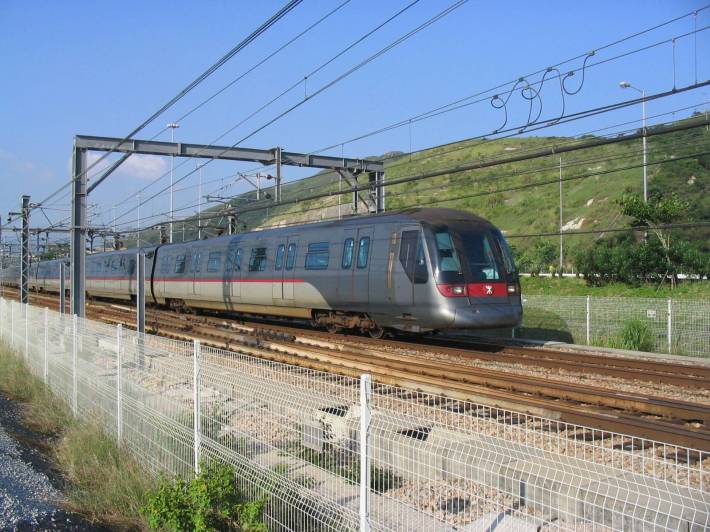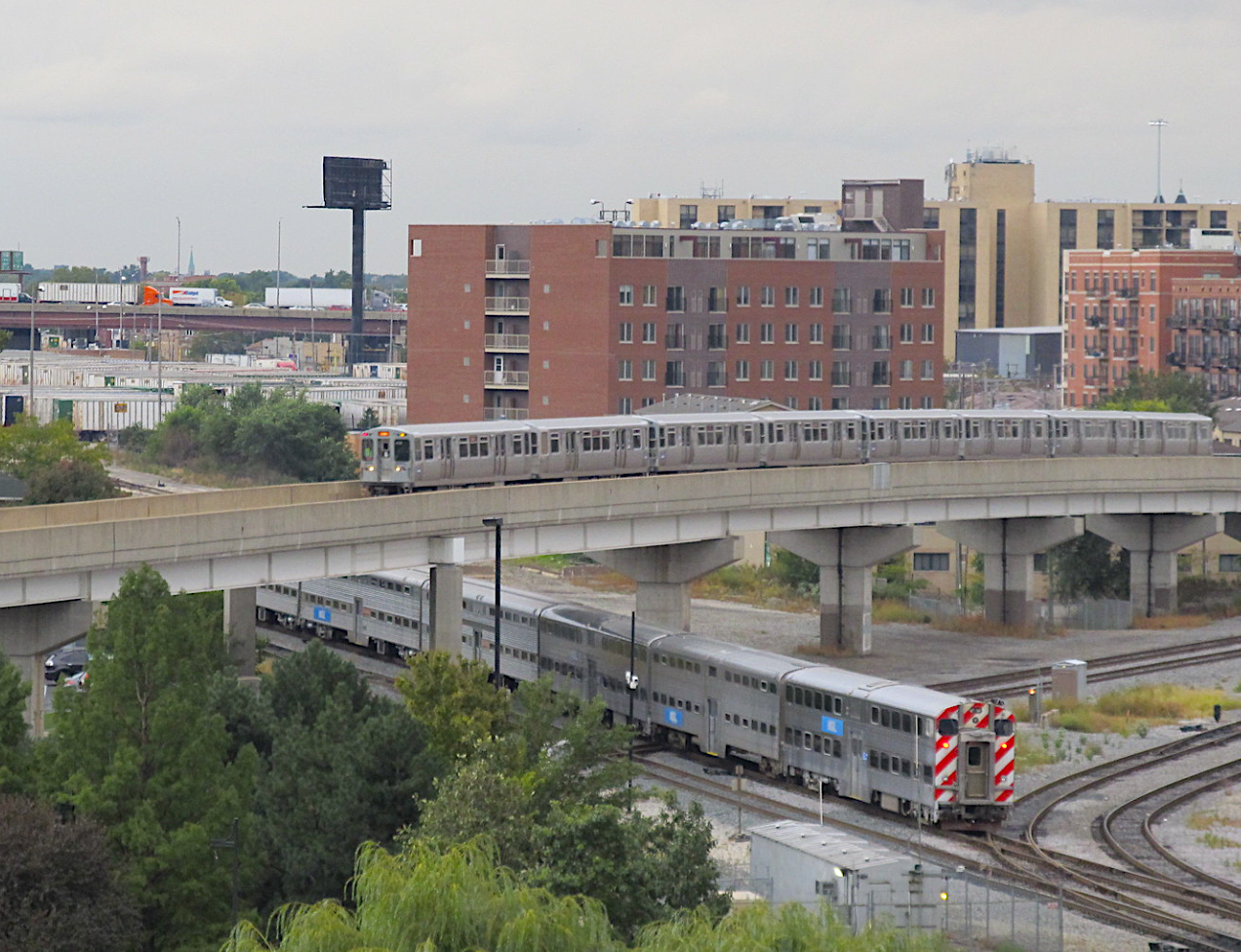
This post also appears on Steven's personal blog about cities Steven Can Plan.
State legislators recently introduced HB5823, or the Metropolitan Mobility Authority Act, to consolidate the CTA, Metra, and Pace, as well as the Regional Transportation Authority that oversees them, into a single agency.
Read WTTW's coverage of the proposal, in which I'm quoted about how a truly integrated public transit system would benefit everyone in the region, not just straphangers. (Streetsblog will provide an update on the bill later today.) We may not see all of these benefits for a few years. But as I told the TV station, "The juice is going to be worth the squeeze."
I’ve summarized the five sections of the proposed legislation that could change land use policies in Chicagoland.
Section 4.01: Powers
Of the 12 powers that would be granted to the new universal Chicago area transit agency, dubbed the Metropolitan Mobility Authority, Number 11 states that the authority "may…develop or participate in residential and commercial development on and in the vicinity of public transportation stations and routes to facilitate transit-supportive land uses, increase public transportation ridership, generate revenue, and improve access to jobs and other opportunities in the metropolitan region by public transportation."
This will be important, since the other sections described below are dependent on the authority having that power.
Section 4.27: Transit Supportive Development Incentive Program
The goal here would be to promote and fund mixed-use development that increases transit ridership. An account would be created into which the state could deposit funds as appropriated. The MMA could:
- Invest in "transit-supportive development" – residential and commercial as defined in 4.27(1) – on transit agency property, or in the vicinity of transit agency property.
- [Provide] resources for increased public transportation service in and around transit-supportive residential and commercial developments, especially newly created transit-supportive developments" – this would be a new feature and could mitigate concerns that the transit service levels around a proposed TSD aren’t sufficient to make the development material "transit-supportive" (see example below).
- "Grants to local governments to help cover the cost of drafting and implementing land use, parking, and other laws that are intended to encourage and will reasonably have the effect of allowing or supporting transit-supportive residential and commercial development" – this is something that the current RTA and Chicago Metropolitan Agency for Planning already do.
Example of providing resources for increased transit around TSDs
Say that you’re a developer proposing a multi-family apartment building next to the Lemont, Illinois, Metra station. Part of the proposal is to provide transit passes instead of any car parking (because of the massive cost associated with building parking according to Lemont’s mandates), and because Lemont’s walkable downtown offers most services that apartment dwellers might need, especially those commuting to Chicago or who might have groceries delivered.

In this hypothetical scenario, let's say the village board is wary, and says that there’s not enough transit service for them to support your proposal. (This is a real thing that officials say behind the scenes.)
Currently, there is no Metra service to the Lemont station – between Chicago and Joliet – on weekends and the only Pace bus route is the 755 - Plainfield – IMD – West Loop Express to downtown Chicago. This could limit tenants' ability to travel to reach services and friends in other towns.
In this theoretic situation, the MMA staff would recognize the transit-generating aspects of this proposed development and proffer funds from the Transit Supportive Development account to add Metra weekend service and a bus route over the Illinois and Michigan Canal to the big shopping centers in Bolingbrook.

Section 5.07: Strategic Plan
The MMA Act stipulates that the authority has to create and update a strategic plan every five years. The current RTA already does this, but the CTA is not required to and doesn't (the CTA does have narrower strategic plans, including for making stations accessible). Moreover, the RTA’s strategic plan does not mandate the CTA’s actions.
In this future strategic plan, the MMA would consider land use policies, specifically:
land use policies, practices, and incentives that will make more effective use of public transportation services and facilities as community assets and encourage the siting of businesses, homes, and public facilities near public transportation services and facilities to provide convenient and affordable travel for residents, customers, and employees in the metropolitan region
Section 7.03: Establishment of the Office of Transit-Oriented Development and Transit-Supportive Development Fund
The MMA Act would create an Office of Transit-Oriented Development within the Metropolitan Mobility Authority to administer the TSD Fund, including issuing loans in support of transit-supportive developments described in Section 4.27 above, and offering technical assistance.
Section 7.04. Transit support overlay districts
This section says that CMAP, the metropolitan planning organization for Northeastern Illinois, "shall develop standards for a transit support overlay district for that urban area, which may include, but are not limited to, transit-supportive allowable uses and densities, restriction of auto-oriented uses, removal of parking requirements, site planning standards that support walkability, sidewalk network connectivity and local funding commitments for sidewalks in compliance with the requirements of the Americans with Disabilities Act of 1990, as amended, and streetscape features that encourage transit use."
The purpose of this section is to ensure Transit Supportive Development funding is going only to developments within an adopted local "transit support overlay district".
Such a district also gives a municipality the ability to request an increase in the transit service standards delivered in their area; See section 5.11(f). (The authority would study the request and if the municipality or other source can provide funding, then the service would have to be provided, which may also coincide with my Lemont example above.)
It appears that the goal with this is to ensure that CMAP, the region’s state and federally-designated office, develops a regional plan, and is assisting the MMA, various transportation departments, the Illinois Tollway, and municipalities in the execution of the regional plan’s strategies (currently called "ON TO 2050").
To jumpstart a housing construction agenda, the Illinois General Assembly could tweak the bill give the Metropolitan Mobility Authority its own municipal power to allow it to develop multifamily housing and other transit-supportive development without being subject to local zoning limitations.
Combined with such land use authority the MMA – through a modified version of this bill – could also be funded in part by having it collect property tax revenue through "value capture", where the MMA receives the property tax increment between pre-development and post-development property values.

If you’re familiar with the Mass Transit Railway in Hong Kong or Japanese rail companies, train transit in those two countries is funded by mixed-use developments (or leases) on land around or above stations that are owned by those companies.

Did you appreciate this post? Please consider making a tax-deductible donation to help Streetsblog Chicago keep publishing through 2025. Thank you.





